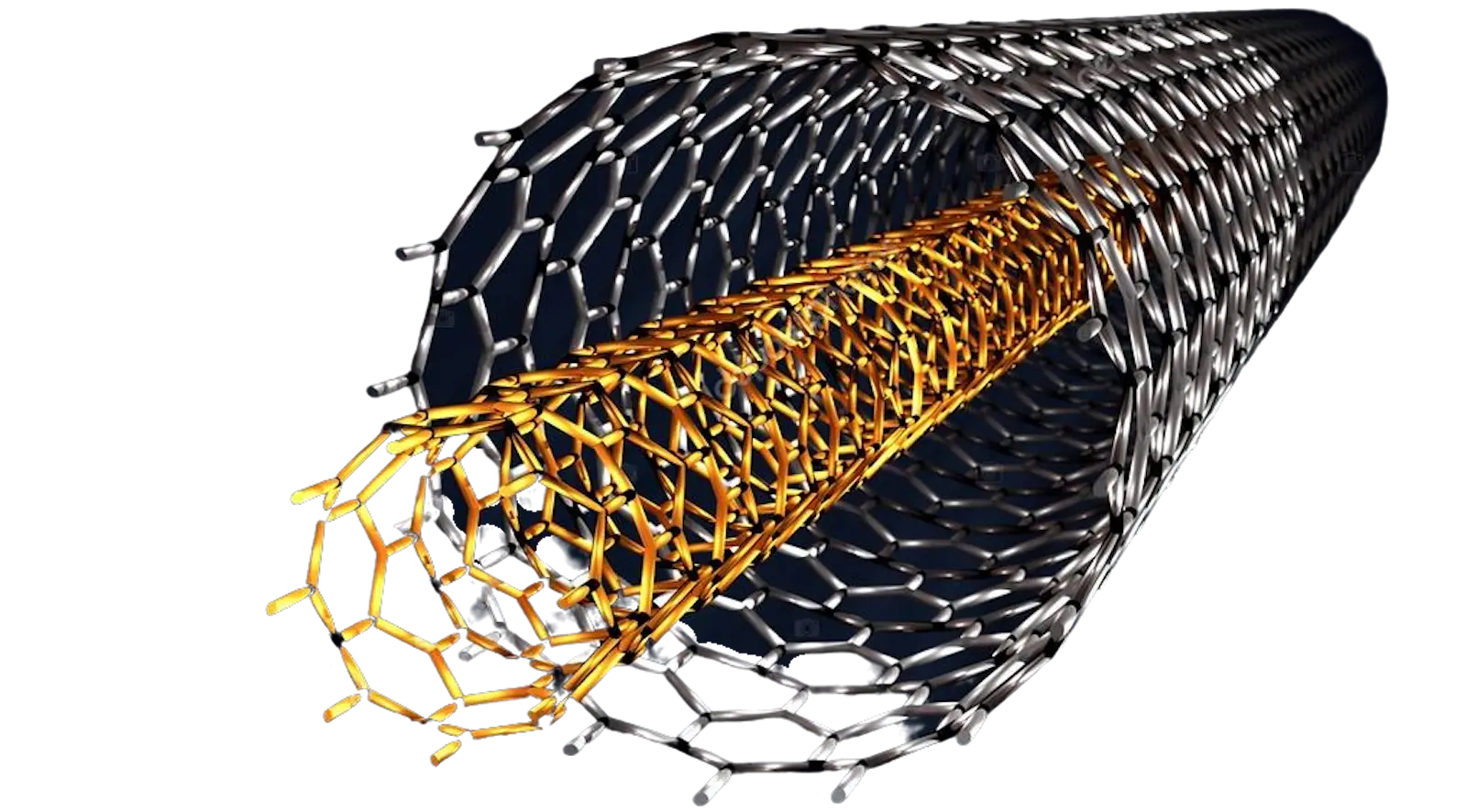“This breakthrough development translates into a remarkable improvement in cell-core energy density, reaching 2,000Wh/L in batteries and approximately 1,700Wh/L in full-size EV batteries – more than double the performance of current state-of-the-art technologies,”
“Sienza’s 3D pure silicon anode has demonstrated an average gravimetric capacity of 2,941 mAh/g,” Professor Gharib said. “This means that for every gram of silicon, our batteries can store 2,941 milliampere-hours of electricity, significantly higher than the industry standard for graphite, with a gravimetric capacity of 372 mAh/g.”
Aside from completely avoiding the cobalt issue, Sienza notes that its manufacturing process does not rely on the solvent-based coating systems deployed for producing conventional lithium-ion batteries. Sienza cites one commonly used solvent in particular, N-methyl-pyrrolidone (NMP).



LEDs are worse at color accuracy (CRI) which is hardly relevant unless you need it, but it’s just to show that even they aren’t strictly better than what they replace
CRI is defined as how closely a light source matches the spectral emission of a thing glowing at a specific temperature. So, for a light source with a 4000 k color temperature its CRI describes how closely its emission matches that of an object that’s been heated to 4000 k.
Because incandescent bulbs emit light by heating a filament by definition they will have 100 CRI and its impossible to get any better than that. But the emission curve of incandescent lights doesn’t actually resemble that of sunlight at all (sorry for the reddit link). The sun is much hotter than any incandescent bulb and it’s light is filtered by our atmosphere, resulting in a much flatter more gently sloping emission curve vs the incandescent curve which is extremely lopsided towards the red.
As you can see in the above link, there are certain high end LED bulbs that do a much better job replicating noon day sunlight than incandescents. And that flatter emissions profile probably provides better color rendering (in terms of being able to distinguish one color from another) than the incandescent ramp.
Now, whether or not you want your bulbs to look like the noon day sun is another matter. Maybe you don’t want to disrupt your sleep schedule and you’d much rather their emissions resemble the sunset or a campfire (though in that case many halogen and high output incandescent lamps don’t do a great job either). Or maybe you’re trying to treat seasonal depression and extra sunlight is exactly what you want. But in any case I think CRI isn’t a very useful unit (another reddit link).
I find this info interesting, especially the fact that incandescent bulbs do not replicate sunlight. At the same time, I was also trying to keep things simple as just a minute counter point. But I guess I was wrong anyway, and that led bulbs are better in every way than incandescent bulbs then.
And early LEDs had flickering issues w/ dimmers. And somehow they’re still way more expensive than incandescent bulbs (not sure about per hour of use, but certainly by unit, which matters when renting).
You can buy high (97-99) CRI LEDs for things like the film industry, where it really does matter. They are very expensive, but can pay for themselves with longer service life, and lower power draw for long term installations.
The CRI on regular LED bulbs was climbing for a long time, but it seems as though 90ish is “good enough” most of the time.